A Look Back At 3D Console Gaming
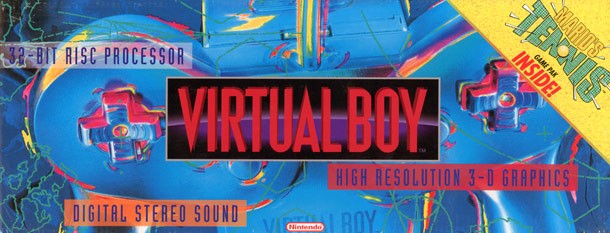
In case you haven't heard, gamers are really, really interested in playing video games in 3D. At least that's what we're constantly being told by PR reps, anyway. From Nintendo's newly debuted 3DS to Sony's line of 3D-ready HDTVs, a large portion of the industry believes 3D will play an important role in the future of video games. But for veteran gamers the promise of 3D gaming is nothing new; developers have been trying to create stereoscopic games for more than 20 years, to varying (though usually dismal) levels of success. Join us for a look back at the best and worst attempts at 3D gaming.
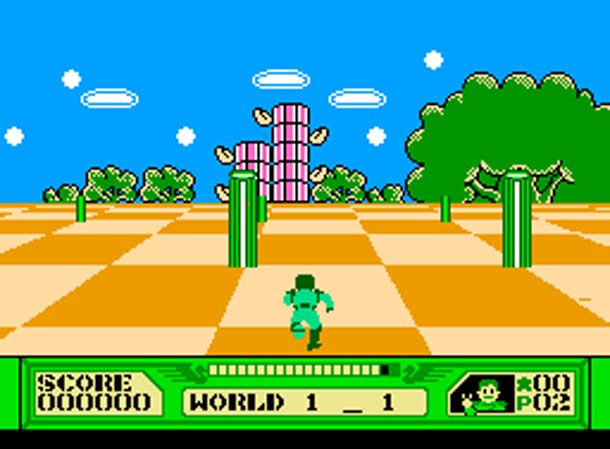
3-D WorldRunner
(NES, 1987):
The first time I saw 3-D WorldRunner, its forward-scrolling action and surreal
landscapes blew my adolescent mind - and that was before trying out the 3D
glasses. The game used anaglyph imaging to create its 3D effects, which is
really just a fancy term for those red and blue cardboard glasses that seemed
way less dorky in the '80s. Developed by Square, WorldRunner
had some major star power behind it: Hironobu Sakaguchi, Nasir Gebelli, and Nobuo
Uematsu all reportedly had a hand in creating the game before moving on to
Square's staple franchise, Final Fantasy.
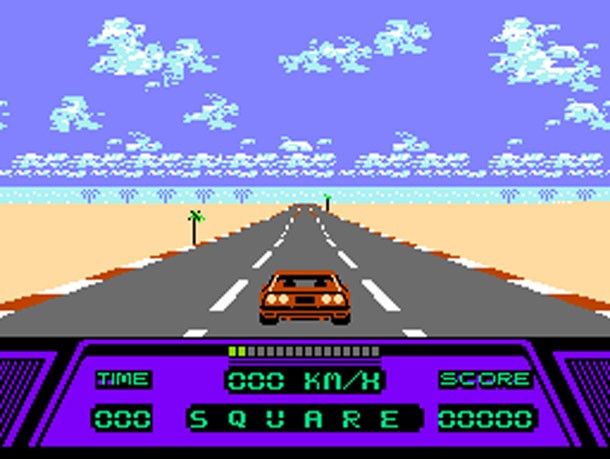
Rad Racer (NES, 1987):
If you couldn't tell by the visual similarities, Rad Racer was Nintendo's
answer to Sega's Out Run. It was the second NES game developed by Square to
feature anaglyph-based 3D, which helped set the title apart from Sega's popular
racer. The game was also featured in the
1989 Fred Savage classic, The Wizard,
further legitimizing its use of the word "rad" in its title.

Space Harrier 3-D (Sega Master System, 1988):
Space Harrier 3-D's
checkered floors and fleet-footed protagonist may look strikingly similar to
what WorldRunner delivered, but don't blame Sega: the original Space Harrier
was an arcade game released over a year before Nintendo's knockoff. The Sega
Master System installment of the series is the only title to feature a 3D mode,
thanks to the system's SegaScope 3-D peripheral.
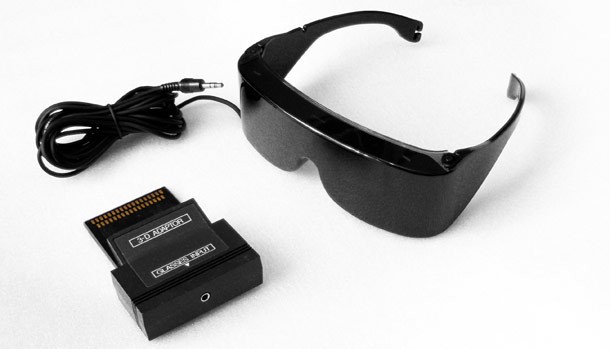
Other SegaScope 3-D Games (Sega Master System, 1988):
Although it never gained widespread popularity, the SegaScope 3-D was an impressive peripheral. Unlike tinted
anaglyph glasses, SegaScope 3-D employed actual LCD shutter glasses, similar to
those used with modern 3D-ready HDTVs. Shutter glasses get rid of the
discoloration caused by anaglyph glasses, resulting in a better image quality.
Despite this advantage, SegaScope was a colossal failure, and only a handful of
games were released for it, including Zaxxon 3-D, Missile Defense 3-D, and Out
Run 3-D.
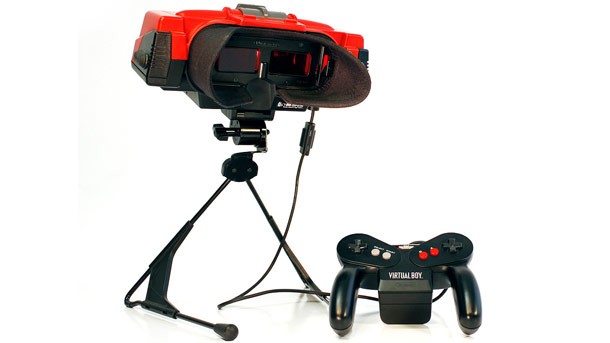
Virtual Boy (1995):
Speaking of colossal failures: Possibly Nintendo's most infamous flop, the Virtual Boy was a short-lived console
that used LEDs and oscillating mirrors to create a projected 3D effect. While the sense
of depth was impressive, the console was only capable of projecting a
monochromatic image, its one color being red, much less. The system also had to stay in a fixed
position, requiring players to hunch over a table in order to play it correctly. The Virtual Boy had
the potential to cause severe eyestrain as well, to the point where the system would
automatically pop up a message every 15 minutes encouraging the player to take
a break. Nintendo also warned that children under the age of seven shouldn't
play the Virtual Boy, because their eyesight hasn't fully developed yet, and the
console could cause permanent damage - much like getting punched in the eyeball
by a cybernetic boxer:
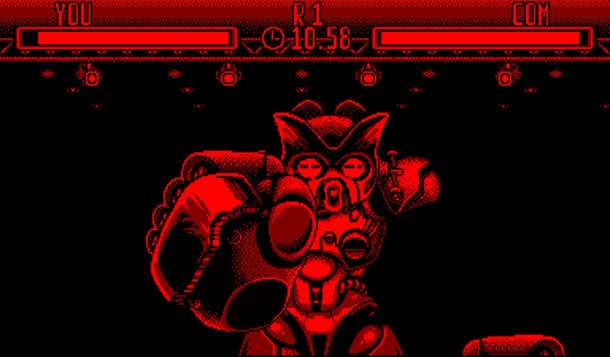
"Move your child's underdeveloped eyeballs closer to my fist, please."
These problems proved fatal for the Virtual Boy, and Nintendo abandoned the console the year after it was released. Only 14 Virtual Boy titles were released in the US, including 3D Tetris, Mario's Tennis, Teleroboxer, and Virtual Boy Wario Land. The failure of the Virtual Boy is also rumored to be the reason legendary designer Gunpei Yokoi left Nintendo in 1997. If there was any good to come out of the Virtual Boy, perhaps it's that Nintendo learned from the doomed console's mistakes and made the 3DS far less intrusive.

Sly 3: Honor Among Thieves (PS2, 2005):
When the Sly Cooper series started to stall, Sucker Punch relied on an old
trick to get fans interested again: special 3D stages that use anaglyph glasses
included with the game. Most critics dismissed it as a gimmick, albeit an
entertaining one. Tragically, Pirate Sly (shown above) wouldn't even be able to
enjoy the 3D levels because of his eye patch. How ironic.
![]()
Avatar (PS3/360, 2009):
Seeing as how the film Avatar ushered
in a renewed interest in 3D movies, it makes sense that the game tried to do
the same for electronic entertainment. While the 3D effects are definitely a step up from previous attempts by other developers, they couldn't make up for the game's other faults. Check out our review for the game here.

Attack of the Movies 3D (Wii, 2010):
Apparently the concept of a 3D video game isn't gimmicky enough, so Majesco made
each level of this game a cheesy B-movie archetype. If that's not bad enough,
the 3D effects barely worked, causing our reviewer Jeff Cork to turn the effect
off altogether and swear more than anyone ever should at a family-oriented title. Here's our review for the game.
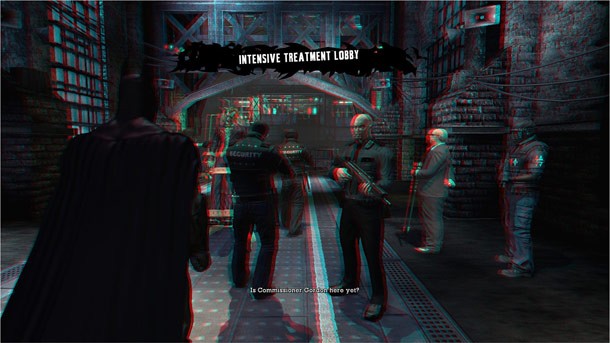
Batman: Arkham Asylum GOTY (PS3/360, 2010):
The Game of the Year edition of Batman: Arkham Asylum didn't hesitate to jump on the 3D bandwagon, although it fell
back on the old anaglyph method for its 3D visuals, which means more free pairs
of cardboard glasses. You can read our impressions of it here, but the bottom
line is that the decent 3D effect isn't worth the loss of detail, or the splitting
headache we got after playing for an extended period of time. Also, they made
Dan look really stupid, which is actually a bit of a plus now that I think of
it:
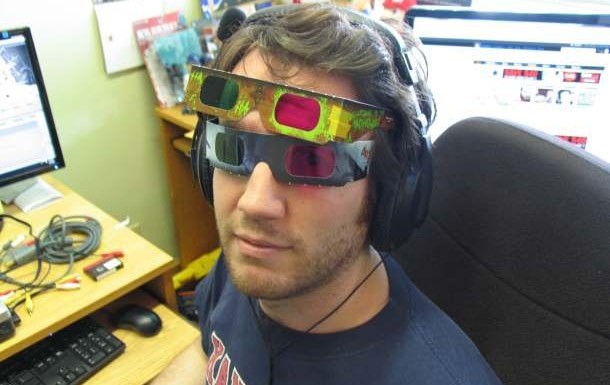
Despite these successes and failures, the message from developers is clear: 3D gaming is something you are interested in and will learn to love. But these titles have taught us an important lesson: whether gamers will embrace the technology as the evolution of gaming or shun it as the next shallow fad of misguided developers isn't something that can be mandated by overzealous PR reps and expensive ad campaigns. It will ultimately depend on the quality of the software.

Get the Game Informer Print Edition!
Explore your favorite games in premium print format, delivered to your door.
- 10 issues per year
- Only $4.80 per issue
- Full digital magazine archive access
- Since 1991









